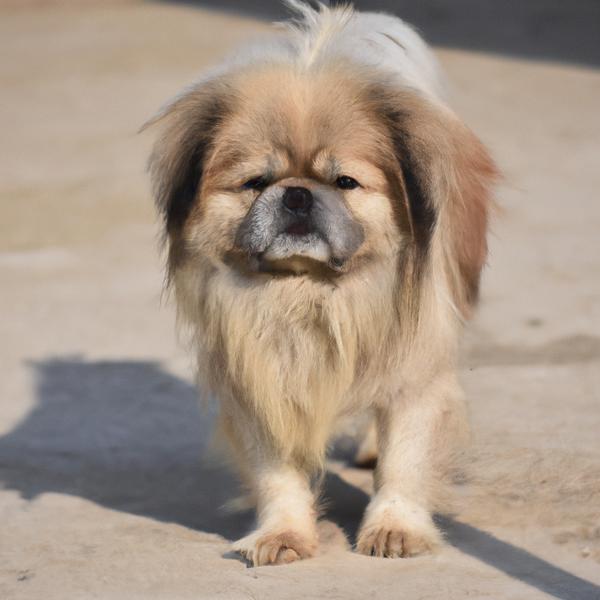Chinaranian vs. Silkytie: Breed Differences and Similarities
Hypoallergenic
Are Chinaranians or Silkyties hypoallergenic, or neither?
Unfortunately, neither Chinaranian nor Silkytie are hypoallergenic, which may not make them the best choice for dog lovers who suffer from pet allergies.
Temperament
What are the personalities of Chinaranian and Silkytie dogs?
Active
Playful
Happy
Alert
Intelligent
Friendly
Docile
Affectionate
Lively
Tempered
Sociable
Sweet
Attentive
Trainable
Extroverted
Playful
Alert
Intelligent
Friendly
Responsive
Affectionate
Quick
Lively
Gentle
Joyful
Inquisitive
Shedding Level
Do Chinaranians shed more than Silkyties, or which breed sheds more, Chinaranians or Silkyties?
Chinaranian or Silkytie dogs are low shedders. The coat sheds an average amount and doesn't require much care.
Origin
What is the origin of Chinaranian and Silkytie dog breeds?
United States
United States
Ancestry
What are the origins of Chinaranian and Silkytie breeds?
Pomeranian, Chinese Crested
Shetland Sheepdog and Silky Terrier
Date of Birth
When were Chinaranian and Silkytie breeds first developed?
Unknown
Eye Color Possibilites
What are the eye colors of Chinaranian and Silkytie dogs?
Brown
Brown
Nose Color Possibilites
What are the natural nose colors of Chinaranian and Silkytie?
Black
Black
Coat Color Possibilites
What are the natural colors of the coat for Chinaranian and Silkytie breeds?
Pied
Gray
Blue
Cream
Black
Brown
Black
Gray
Silver
Cream
White
Brown
Red
Fawn
Coat Length
What is the typical coat length for Chinaranian and Silkytie breeds?
Chinaranians have medium-length coats.
Silkyties are known for their coat length.
Coat Density
What is the density of the coat of Chinaranian and Silkytie?
Coat Texture
What is the hair texture of Chinaranian and Silkytie?
Straight
Litter Size
What is the usual litter size for Chinaranian and Silkytie?
A Chinaranian can have a litter of 2-5 puppies on average. However, it's worth noting that the size of the litters can vary greatly. Factors that can influence litter size include the health of the mother, breeding history, and genetics.
A Silkytie can have a litter of 4-6 puppies on average. However, it's worth noting that the size of the litters can vary greatly. Factors that can influence litter size include the health of the mother, breeding history, and genetics.
Adaptability
The adaptability of Chinaranian and Silkytie dogs is a well-known trait. They are known for being able to adjust well to different living environments and lifestyle changes.
Health Issues
Between Chinaranian and Silkytie, which breed is more prone to health problems?
Chinaranian and Silkytie breeds are generally considered to be healthy. However, like all breeds, they are susceptible to certain health issues and it is important to keep an eye out for them and address them with your veterinarian as needed.
Major Concerns
What are the major health concerns for Chinaranian and Silkytie breeds?
Progressive Retinal Atrophy
Lens Luxation
Hip Dysplasia
Legg-Calve Perthes Disease
Minor Concerns
What minor health issues should be kept in mind when owning Chinaranian and Silkytie?
Patellar Luxation
Entropion
Tracheal Collapse
Cataracts
Allergies
Diabetes
Hypothyroidism
Progressive Retinal Atrophy (PRA)
Collie Eye Anomaly (CEA)
Occasional Tests
What occasional tests are recommended for Chinaranian and Silkytie breeds?
X-Rays
Physical Examination
Blood Work
Ophthalmic Examination
Eye Examination
Radiographs
Blood Sugar and Thyroid Tests
Social Needs
Chinaranian vs Silkytie social needs comparison
Chinaranian has very high social needs and requires regular mental and physical stimulation, a job or purpose, and companionship.
Silkytie has above average social needs and thrives with interaction with humans and other dogs.
Sleeping Need
Which of the two sleeps the most/least: Chinaranian or Silkytie?
Chinaranians are known for their relaxed and calm nature and enjoy long periods of sleep.
Silkyties have moderate energy levels and typical sleep patterns of 12-14 hours per day.
Mouthiness
Mouthiness Comparison: Chinaranian vs Silkytie?
Roaming urge
Chinaranian vs Labrador: Running away tendency?
Prey Drive
Chinaranian or Silkytie - which breed has a higher level of prey drive?
Activity Level
Which breed has higher energy, Chinaranians or Silkyties?
Both Chinaranian and Silkytie are medium-energy dogs that enjoy socializing and playing with other dogs. They may engage in casual or sustained games of chase, and occasionally have bursts of barking or racing around the house.
Tolerance of being left alone
Walks per Week
How many miles should Chinaranian or Silkytie walk each week?
Chinaranian and Silkytie generally need a minimum of 8 miles of walking per week, but it can be increased as long as they are comfortable with it.
Activity per Day
Do Chinaranians or Silkyties require more exercise?
Both Chinaranian and Silkytie typically require a minimum of 30 minutes of exercise each day. The exercise can be spread throughout the day and may involve high-energy activities like walking, running, and playing.
Grooming
Which breed is easier to maintain in terms of grooming, Chinaranians or Silkyties?
The Chinaranian requires an average amount of grooming compared to other breeds.
Silkyties have high grooming needs, requiring regular trims and professional grooming assistance to keep their coat healthy.
Brushing Frequency
What is the recommended brushing frequency for Chinaranian and Silkytie dogs?
Ideally, Chinaranian should be brushed at least 2 or 3 times a week (preferably daily) improve shedding.
Silkytie should be brushed at least once a week. Of course you can give them more frequent brushes if you find that they are still shedding a lot
Brushing Tools
What brushing tools are used for Chinaranians and Silkyties?
Pin Brush
Slicker Brush
Dematter
Nail Clipper
Pin Brush
Slicker Brush
Nail Clipper
Cups
How much food should be given to Chinaranian or Silkytie in cups?
Chinaranian and Silkytie share the same recommended daily food intake of 1 cups, although the appropriate quantity may vary depending on the quality and nutritional content of their food.
Daily Cost
Which breed has a higher daily cost, Chinaranian or Silkytie?
The average cost of a Chinaranian is somewhere $1.10 - $1.40 per day.
The average cost of a Silkytie is somewhere $1.40 - $1.70 per day.
Monthly Cost
Which breed has a higher monthly cost, Chinaranian or Silkytie?
When it comes to monthly expenses, both Chinaranian and Silkytie have a similar average cost, ranging from $35 - $42. This results in an average yearly cost of around $420 - $504.
Sensitivity Level
How do Chinaranian and Silkytie compare in sensitivity?
These dog breeds are particularly attuned to its environment and the emotions of those around it. Chinaranian and Silkytie can be easily overwhelmed by loud noises, new environments, unfamiliar people, or animals. This dog breed is best suited for individuals or families who are patient, gentle, and understanding of its sensitive nature. It may also benefit from a calm and stable home environment, with a consistent routine and plenty of positive reinforcement training.
Apartment Friendly
Which breed is more apartment-friendly: Chinaranian or Silkytie?
Chinaranians make excellent apartment dogs, being fairly active indoors and not requiring a yard.
The Silkytie is a great apartment dog, thriving with sufficient exercise and time outside as part of their daily routine.
Child Friendly
Do Chinaranians or Silkyties have a friendlier temperament towards children?
Chinaranians have an average level of friendliness towards children.
Silkyties are good with kids if socialized and trained from a young age.
Senior-friendly
Which dog is more suitable as a pet for the elderly - Chinaranian or Silkytie?
Cat Friendly
Do Chinaranian or Silkytie breeds have a better compatibility with cats?
Chinaranians are very friendly with cats and make great companions for them.
Silkyties are good with cats, but early training is needed to prevent chasing behavior.
Dog Friendly
Which breed is more sociable with other dogs: Chinaranian or Silkytie?
{Chinaranians and Silkyties are average friendly towards other dogs. If they are raised with other dogs, they are likely to get along with them. And, if they are socialized properly from a young age, they will usually be great with other dogs.
Pet friendly
How do Chinaranian or Silkytie dogs interact with other pets?
Stranger Friendly
Which breed is more friendly with strangers: Chinaranian or Silkytie?
Chinaranian and Silkytie are average friendly around strangers. They can be wary around strangers and a little standoffish, so early socialization is key to ensure they are comfortable around new people.
Playfulness
Which breed is more playful between Chinaranian and Silkytie?
Chinaranians have an average level of playfulness, enjoying playtime like most dogs but not excessively so.
Silkyties are a playful breed that needs daily playtime to be happy.
Trainability
How do the trainability levels of Chinaranians and Silkyties compare?
Chinaranian and Silkytie dogs are known for their ease of training and ability to learn quickly, making them a popular choice for pet owners and trainers alike.
Compare Chinaranian with other breeds
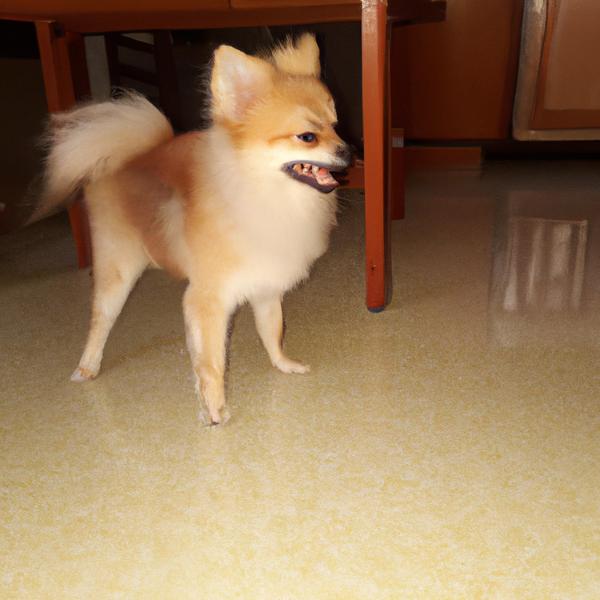
Pomerat
Chinaranian vs Pomerat
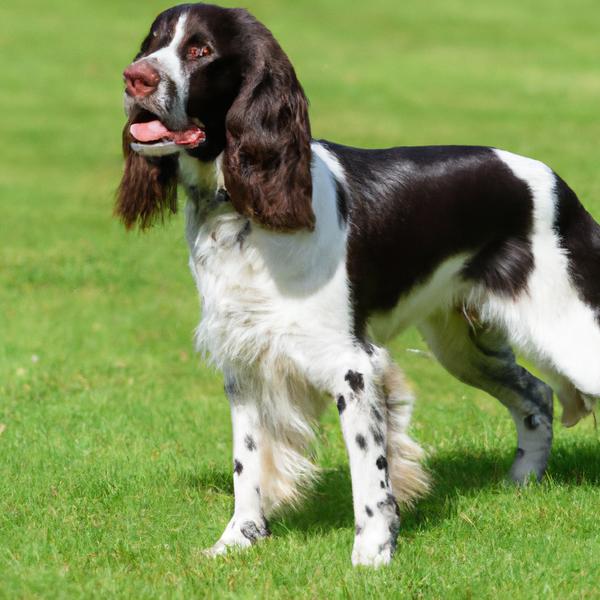
English Springer Spaniel
Chinaranian vs English Springer Spaniel
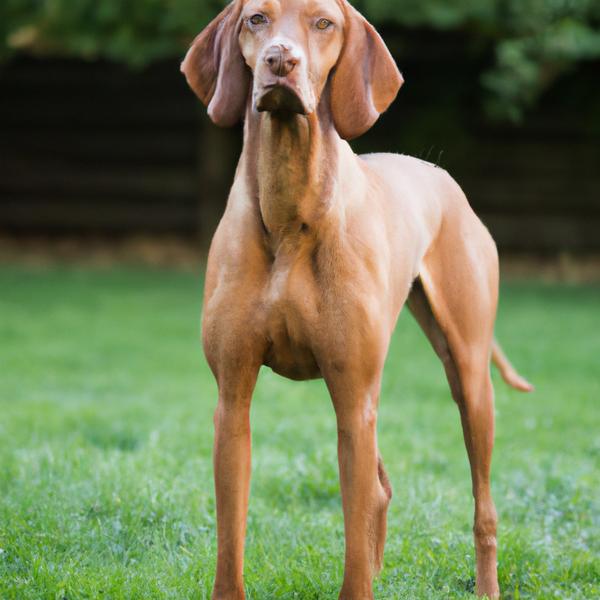
Vizsla
Chinaranian vs Vizsla
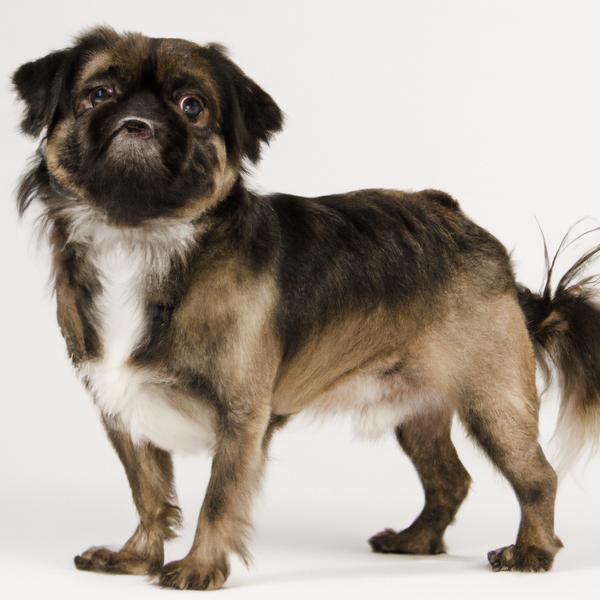
Pug-Zu
Chinaranian vs Pug-Zu
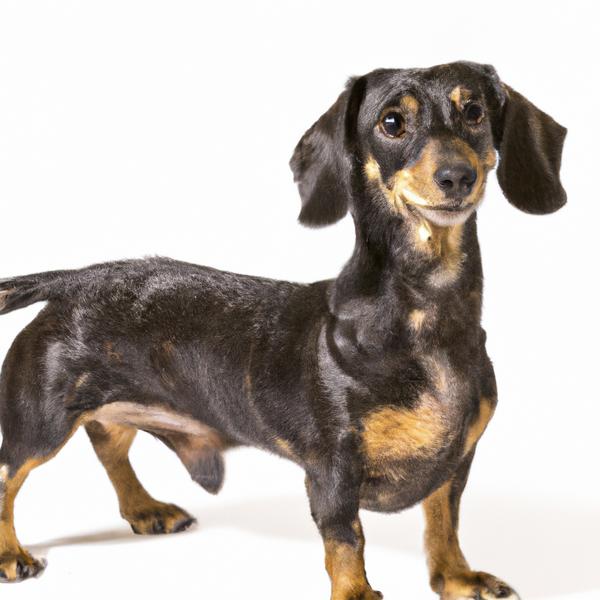
Doxie-Chin
Chinaranian vs Doxie-Chin
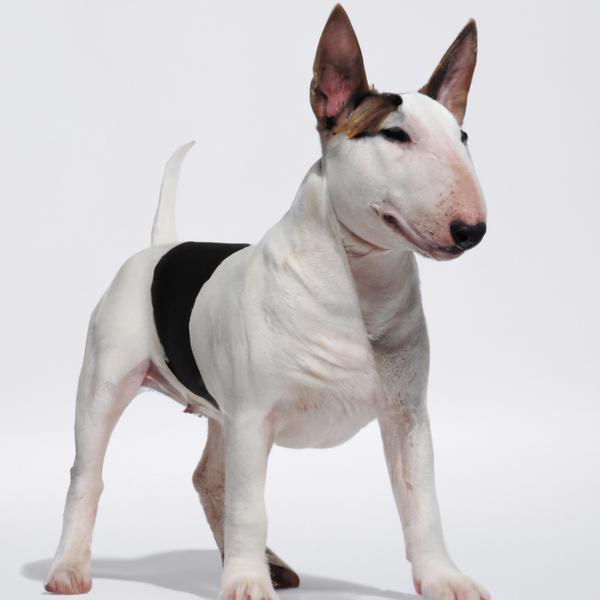
Miniature Bull Terrier
Chinaranian vs Miniature Bull Terrier
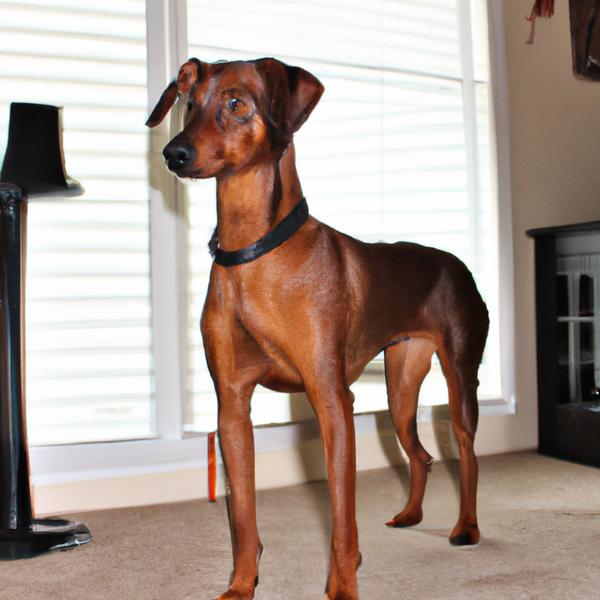
Patterbea
Chinaranian vs Patterbea
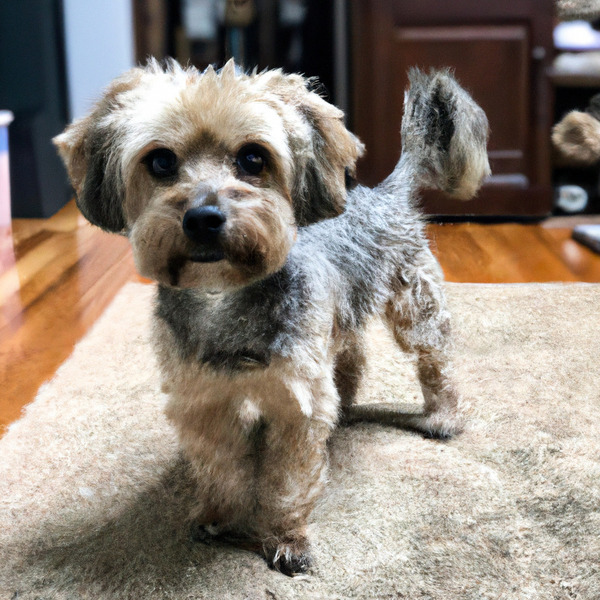
Yorkipoo
Chinaranian vs Yorkipoo
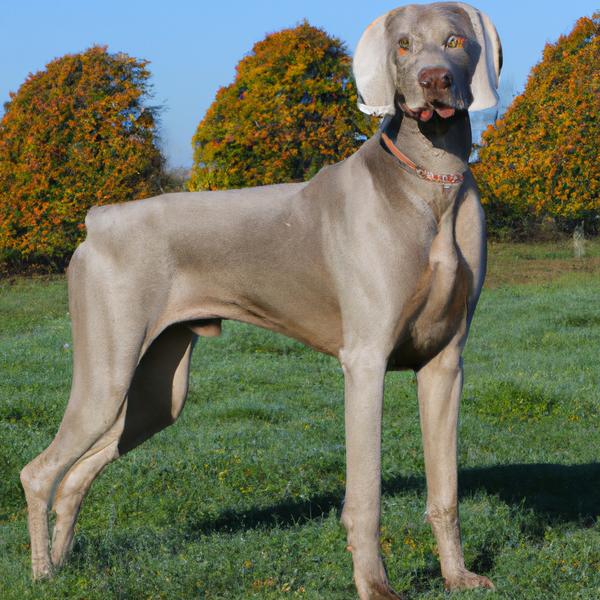
Weimapeake
Chinaranian vs Weimapeake
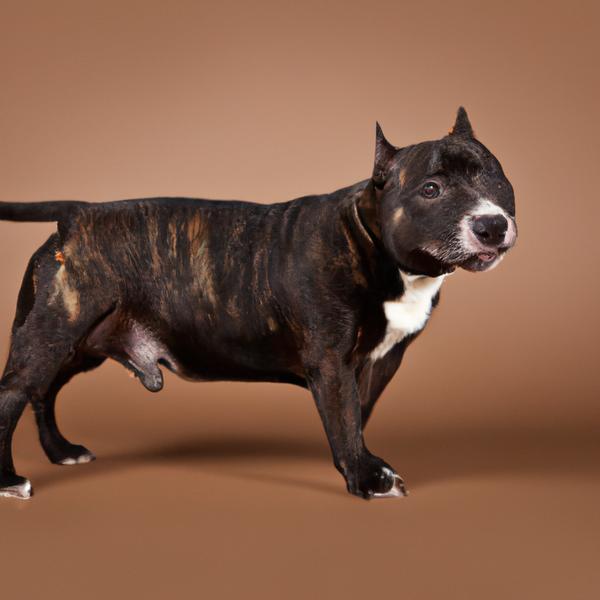
Scottish Staffish Bull Terrier
Chinaranian vs Scottish Staffish Bull Terrier
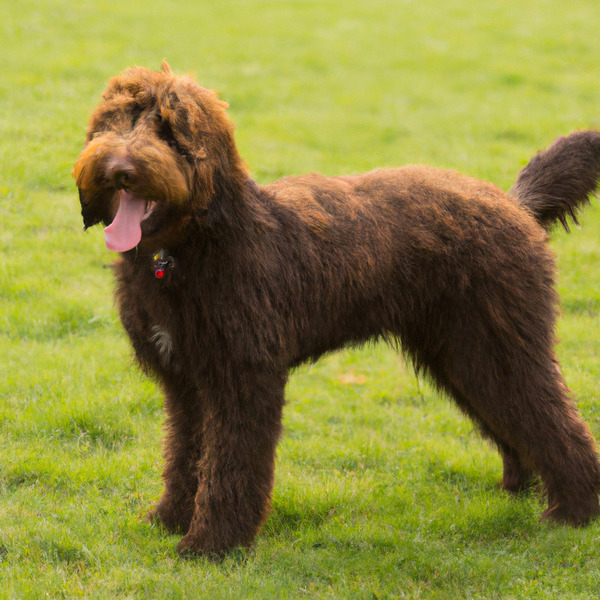
Labradoodle
Chinaranian vs Labradoodle

Silkytie
Chinaranian vs Silkytie
